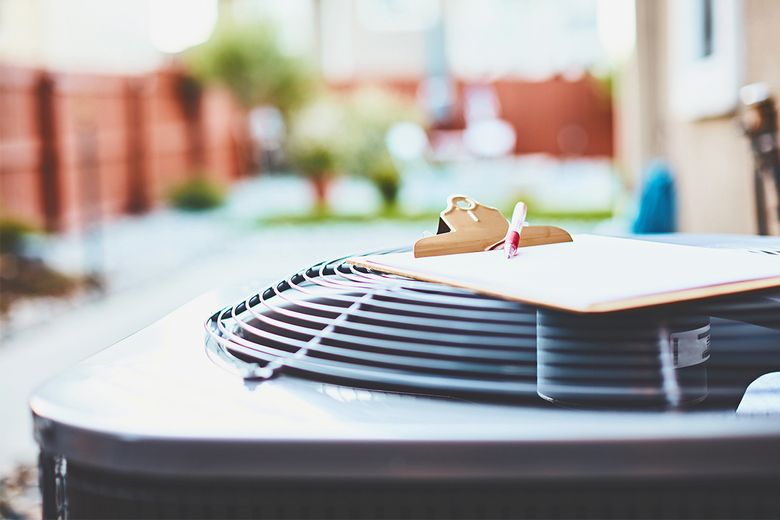
Q: I want to make my home a haven so that my family can stay safe and healthy indoors, since we are spending more time at home than usual. What steps can I take to ensure good indoor air quality?
A: Health and safety should always be a top priority within your home. There are many efficient ways you can update your home’s HVAC (heating, ventilating and air conditioning) system to achieve an exceptional level of comfort and great indoor air quality. Here are a few:
Upgrade your air filter
Do you know the MERV (Minimum Efficiency Reporting Value) rating of your home’s HVAC filter? The higher the MERV rating, the more particles your filter will catch, making it more effective. Filter ratings range from 1 to 20, with the most common ratings for in-home filters being MERV 8, MERV 11 and MERV 13. Filters with MERV ratings higher than 13 are typically found in hospitals and other areas that require extensively filtered air.
MERV 8 will filter out basic household pollutants such as pollen, dust and bacteria. MERV 11 will filter the aforementioned, along with pet dander. MERV 13 is the “catch-all filter,” which captures all of those as well as smoke, smog and virus-carrying particles.
Change your air filter often
Keep your filter fresh and free of dirt, dust, pollen and particles with routine maintenance. Depending on your filter size, it is recommended to change your filter every one to three months. If you have a 4-inch filter in your home, you’re OK waiting the full three months. If your filter is 1 inch, change it once per month.
If you find dust particles settling on surfaces or floating around your indoor air more often than you’d like, consider changing your filter even more frequently. A dirty filter can cause extensive damage to your entire HVAC system and it won’t efficiently filter air.
Get your ducts cleaned
When was the last time you had your ductwork cleaned? A thorough cleaning of your ductwork will improve your HVAC system’s air flow efficiency, remove settled allergens, and improve overall air quality and cleanliness.
The National Air Duct Cleaners Association (NADCA) recommends cleaning your ducts every two years. Be sure to hire a company that is NADCA-certified and follows the group’s cleaning protocols to ensure the job is done right.
Consider adding air conditioning
If you like to sleep with the windows open to catch the cool night breezes, consider having AC installed in your home instead. Having cool air filtered into your home eliminates the need to open windows, which helps prevent a number of airborne particles, allergens and viruses from entering your home.
Run your furnace fan 24/7
Continuously running your furnace fan on high will help ventilate and circulate the air in your home. Stagnant air causes dust and dander to settle, making for more irritable air quality. Constant airflow will help push unwanted particles into your filter and out of your home.
Invest in a whole-home air-purifying system
Whole-home air purifiers work to remove more than what the eye can see. If you’re looking to remove harmful bacteria from surfaces, fight airborne viruses with a 99% kill rate and eliminate odors from your home, a whole-home air-purification system is a great option. These HVAC accessories are installed in your ductwork and can filter indoor air around 50 times better than standard air filters.
If you don’t have ductwork, consider a portable air purifier. These air-purifying accessories work hard to keep pesky germs, allergens, viruses and other harmful pollutants from spreading throughout your home. Because they aren’t in the ductwork, they are limited as to how big of an area they can purify, so consider investing in more than one purifier to use in rooms far away from each other.
Gabby Roppo is the marketing coordinator for Bob’s Heating & Air Conditioning, a member of the Master Builders Association of King and Snohomish Counties (MBAKS). If you have a home improvement, remodeling or residential homebuilding question you’d like answered by one of the MBAKS’s more than 2,700 members, write to homework@mbaks.com.